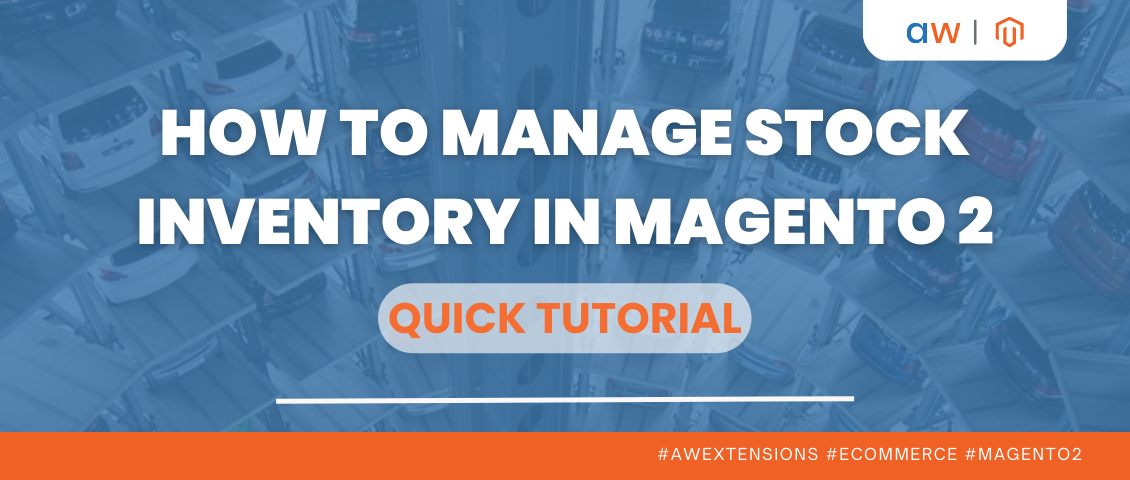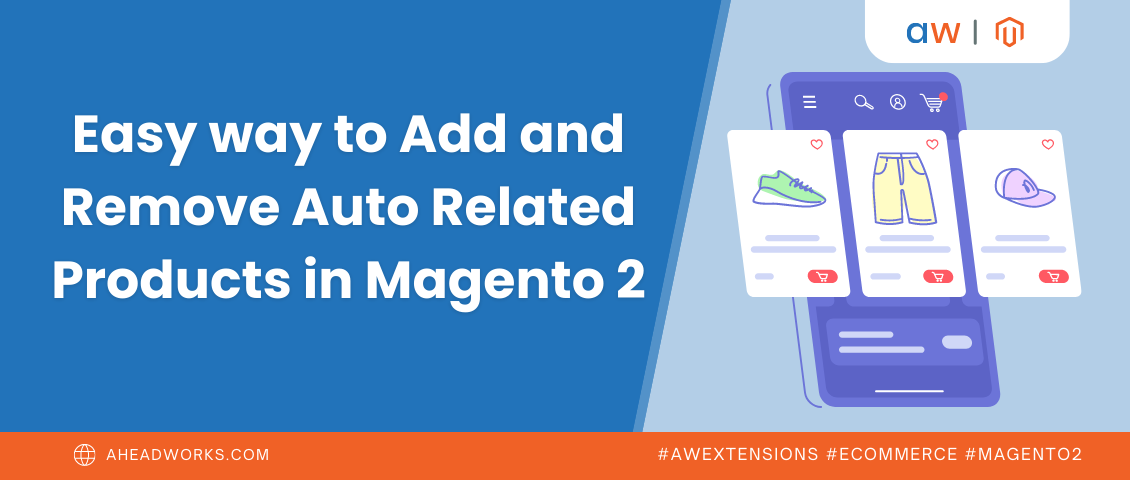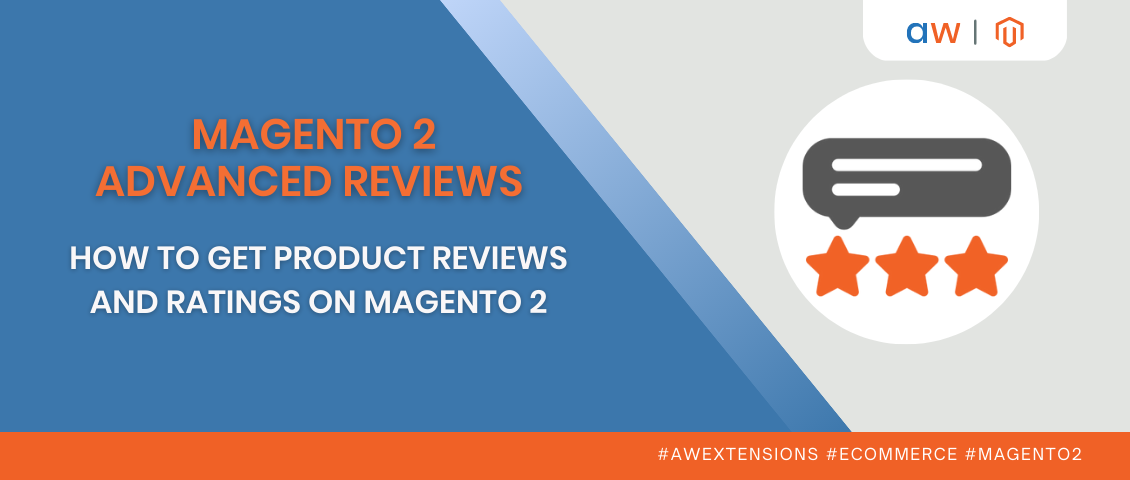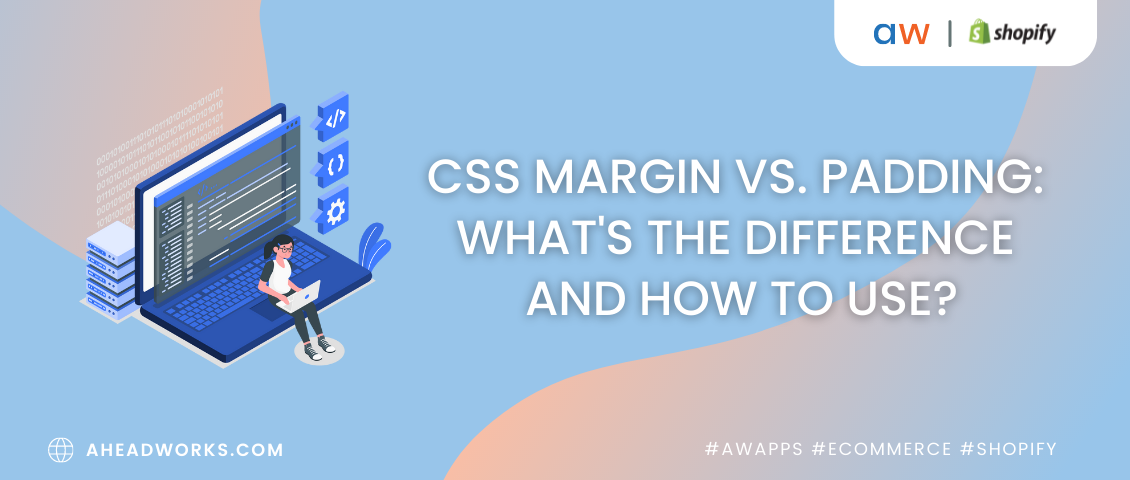
Destination Magento 2
Categorized as : Ecommerce
Sooner or later all Magento users will face that challenge deciding to migrate from their old Magento versions to the latest most powerful and advanced e-commerce platform Magento 2.
Today this decision doesn’t seem to be too urgent since Magento is going to support its previous versions for another three years… Oh, sorry, for 2.5 years already. Time is running out and it’s better to be fully prepared for moving at the moment you will be really ready to start it on your store.

Currently, ‘challenge’ is the best word to describe the entire process, as far as Magento 2 is significantly different in terms of the architecture, database structure, file system, etc. So, you need to get ready for a small battle that is worth winning to port to Magento 2.
Before the migration you should think about a lot of things and make some preparations to start the migration procedure.
New Magento 2 Store. Depending on the method of migration, of course, still in most cases, you will need a fully prepared Magento 2 store to start the migration. Magento 2 has a different technology stack and usually requires more server resources, so this stage will also include a new relevant hosting.
Magento 1 Copy. The safest way to migrate data is to replicate the Magento 1 database and use it for the upcoming migration.
Migration Method. Also, you should select the best way for migration taking into account multiple aspects we are going to talk over a bit later.
Downtime. During the migration your Magento 1 store will stay inactive for some time that have more negative impact on big stores, of course. This time comes, when you are ready to change production to Magento 2.
Migration Data Portion. Apart from a great chance to reduce the time of process, migration is high time to clean the store from unnecessary customizations, extensions, and even not used product attributes, and other unnecessary data. You can migrate either the entire database or only some data, e.g. customers or orders, or you can limit the data value by a certain period - 6 months, several years, etc.
Manual Operations. Neither a way of migration will allow you to avoid manual tasks.
Consider Security. Make sure that the copied database and migrating sensitive data are not accessible from the outside and remain secured during the entire process.
CSV Import/Export Migration
This old-fashioned way is possibly suitable for extremely small and tiny shops with 10 or even less products. The advantage of this method is that you control the entire process and able to locate any issues instantly. Unfortunately, it is hardly applicable to bigger stores with hundred thousand products, because the differences between two systems to be overcome in this case are terrifyingly numerous.
Ready-made Migration Tools
The market in this segment is certainly not saturated and we’ve found just several offers suitable for our purposes.
This solution is intended for only Magento CE versions and is not suitable to the owners, who need to migrate to Magento 2 Enterprise. According to some reviews, it is pretty good for small and medium stores, but may take too much time for really big stores.
The tool is constantly updated, what is really great especially when other alternative are scarce. The latest update was released on May 17, 2016. The tool supports Magento 2 CE 2.0.0 and later.
It is an official Magento data migration tool supporting both Magento CE and EE versions. Here is the full profile of supported versions:
This is a well-described solution starting from the Data Migration Tool installation till the Magento 2 production DNS change stage. The tool allows you to migrate data, settings, and deltas. This way, your store stays up and running during the entire process that may take sometimes several days or even weeks.
Key Points
At the end of the migration you still will need to transfer some data manually, including media, store front design, admin users and ALCs.
The mentioned above solutions don’t cover the whole variety of Magento 2 data migration tools. We should also mention Magento 2 data migration by SchumaherFM, several open-source solutions migrating some isolated portions of data, including categories, product attributes, etc. and CSV import/export scripts available on GitHub.
Magento 2 migration is not limited to data only and also includes custom codes, extensions, and themes.
The shortest way to replace third-party extensions in your store is to get their M2 versions from the extension provider and install them on your new store once again.
In the case, when your M1 store contains some custom modules or other custom codes necessary to be transferred to the new store, you can utilize Code Migration Toolkit. The tool is a command line solution converting custom M1 codes to Magento 2.
The same as the above tools Code Migration Toolkit is primarily intended for Magento developers. It focuses on Magento 2 plugins and leaves aside Magento themes at the moment. It covers module directory structure, layout XML files, config XML files, and PHP files still requiring some manual editing after the migration.
Unfortunately, we could not find any scripts or tools facilitating the process of Magento themes migration. You need to either adapt your existing theme to Magento 2 or get a new M2 theme for your store.
So, neither a solution is able to complete migration independently and will certainly take some time from you to finish the process. That’s possibly the bad thing, but the good thing is that you are not alone on your way. You can use some tools to significantly simplify the process and take advantage of the already existing migration experience.
As a result, you will get an opportunity to continue developing your business based on one of the most advanced and efficient e-commerce platforms worldwide.
Today this decision doesn’t seem to be too urgent since Magento is going to support its previous versions for another three years… Oh, sorry, for 2.5 years already. Time is running out and it’s better to be fully prepared for moving at the moment you will be really ready to start it on your store.

Currently, ‘challenge’ is the best word to describe the entire process, as far as Magento 2 is significantly different in terms of the architecture, database structure, file system, etc. So, you need to get ready for a small battle that is worth winning to port to Magento 2.
Magento 2 Data Migration
Before the Migration
Before the migration you should think about a lot of things and make some preparations to start the migration procedure.
New Magento 2 Store. Depending on the method of migration, of course, still in most cases, you will need a fully prepared Magento 2 store to start the migration. Magento 2 has a different technology stack and usually requires more server resources, so this stage will also include a new relevant hosting.
Magento 1 Copy. The safest way to migrate data is to replicate the Magento 1 database and use it for the upcoming migration.
Migration Method. Also, you should select the best way for migration taking into account multiple aspects we are going to talk over a bit later.
Downtime. During the migration your Magento 1 store will stay inactive for some time that have more negative impact on big stores, of course. This time comes, when you are ready to change production to Magento 2.
Migration Data Portion. Apart from a great chance to reduce the time of process, migration is high time to clean the store from unnecessary customizations, extensions, and even not used product attributes, and other unnecessary data. You can migrate either the entire database or only some data, e.g. customers or orders, or you can limit the data value by a certain period - 6 months, several years, etc.
Manual Operations. Neither a way of migration will allow you to avoid manual tasks.
Consider Security. Make sure that the copied database and migrating sensitive data are not accessible from the outside and remain secured during the entire process.
The Ways to Migrate Data
CSV Import/Export Migration
This old-fashioned way is possibly suitable for extremely small and tiny shops with 10 or even less products. The advantage of this method is that you control the entire process and able to locate any issues instantly. Unfortunately, it is hardly applicable to bigger stores with hundred thousand products, because the differences between two systems to be overcome in this case are terrifyingly numerous.
Ready-made Migration Tools
The market in this segment is certainly not saturated and we’ve found just several offers suitable for our purposes.
Magento 2: Data Migration Tool by UbertTheme
This solution is intended for only Magento CE versions and is not suitable to the owners, who need to migrate to Magento 2 Enterprise. According to some reviews, it is pretty good for small and medium stores, but may take too much time for really big stores.
The tool is constantly updated, what is really great especially when other alternative are scarce. The latest update was released on May 17, 2016. The tool supports Magento 2 CE 2.0.0 and later.
Data Migration Tool by Magento
It is an official Magento data migration tool supporting both Magento CE and EE versions. Here is the full profile of supported versions:
- Community Edition (CE) version 1.6.x, 1.7.x, 1.8.x, 1.9.x;
- Enterprise Edition (EE) version 1.11.x, 1.12.x, 1.13.x, 1.14.x;
- Magento 1 CE to Magento 2 EE: 1.6.x, 1.7.x, 1.8.x, 1.9.x.
This is a well-described solution starting from the Data Migration Tool installation till the Magento 2 production DNS change stage. The tool allows you to migrate data, settings, and deltas. This way, your store stays up and running during the entire process that may take sometimes several days or even weeks.
Key Points
- You can’t migrate from Magento 1.5 or less;
- You need to upgrade Data Migration Tool till the destination version of Magento 2 (e.g. for Magento 2.0.2 you need to use Data Migration Tool 2.0.2);
- You should follow the sequence of migration steps: settings, data, and finally changes.
At the end of the migration you still will need to transfer some data manually, including media, store front design, admin users and ALCs.
The mentioned above solutions don’t cover the whole variety of Magento 2 data migration tools. We should also mention Magento 2 data migration by SchumaherFM, several open-source solutions migrating some isolated portions of data, including categories, product attributes, etc. and CSV import/export scripts available on GitHub.
Magento 2 Extensions Migration
Magento 2 migration is not limited to data only and also includes custom codes, extensions, and themes.
The shortest way to replace third-party extensions in your store is to get their M2 versions from the extension provider and install them on your new store once again.
In the case, when your M1 store contains some custom modules or other custom codes necessary to be transferred to the new store, you can utilize Code Migration Toolkit. The tool is a command line solution converting custom M1 codes to Magento 2.
The same as the above tools Code Migration Toolkit is primarily intended for Magento developers. It focuses on Magento 2 plugins and leaves aside Magento themes at the moment. It covers module directory structure, layout XML files, config XML files, and PHP files still requiring some manual editing after the migration.
Magento 2 Themes Migration
Unfortunately, we could not find any scripts or tools facilitating the process of Magento themes migration. You need to either adapt your existing theme to Magento 2 or get a new M2 theme for your store.
Conclusion
So, neither a solution is able to complete migration independently and will certainly take some time from you to finish the process. That’s possibly the bad thing, but the good thing is that you are not alone on your way. You can use some tools to significantly simplify the process and take advantage of the already existing migration experience.
As a result, you will get an opportunity to continue developing your business based on one of the most advanced and efficient e-commerce platforms worldwide.











